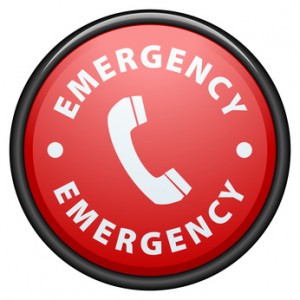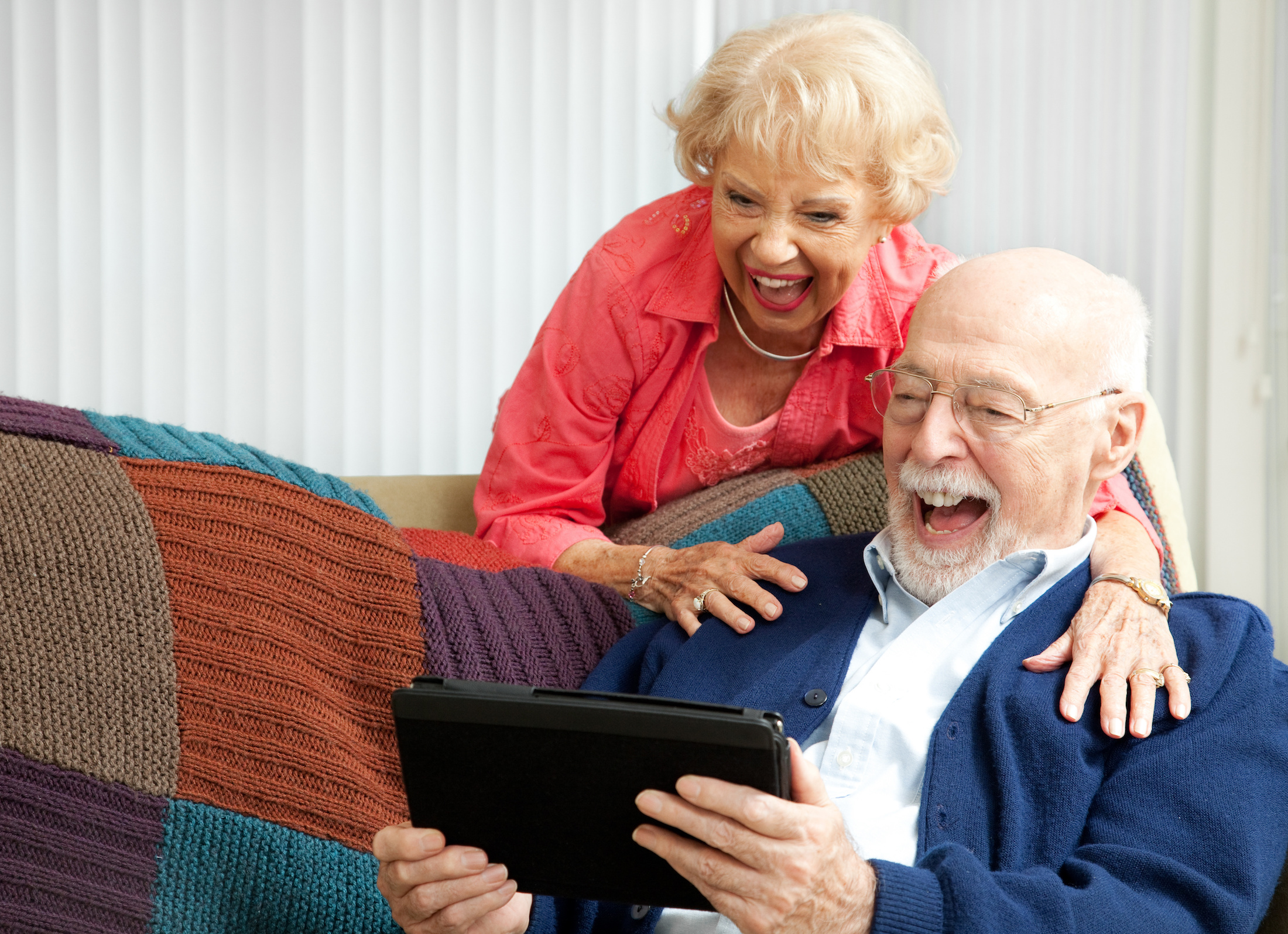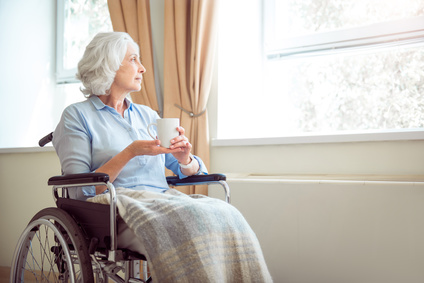Medical Alert Buttons: In-Home and GPS Options
 The number of American senior citizens is on a boom trend. Currently, there are about 80 million people of retirement age, making our seniors a large portion of the general population. Estimates expect this number to nearly double over the next generation. With so many people living longer, more and more products are being introduced to meet their specific safety and health needs. This includes choosing a medical alert button that matches the lifestyle of the individual.
The number of American senior citizens is on a boom trend. Currently, there are about 80 million people of retirement age, making our seniors a large portion of the general population. Estimates expect this number to nearly double over the next generation. With so many people living longer, more and more products are being introduced to meet their specific safety and health needs. This includes choosing a medical alert button that matches the lifestyle of the individual.
In-Home Medical Alert Buttons
When introduced in the mid-1970s, the first medical alert systems were simple push-button devices seniors wore around their wrist or neck. Medical alert buttons still essentially function the same way they did then: by pressing the button on the device, a 24-hour call center is alerted. Newer, advanced devices now allow two-way communication, allowing call center representatives to speak directly with the user. These devices are important for the safety and health of seniors who are living independently.
Falls continue to be a major problem in senior health. The Centers for Disease Control and Prevention reports that about 30 percent of seniors suffer a fall each year. Of those, two-thirds suffer a second fall within six months. For older people who may have problems with balance or mobility, home falls can lead to serious injuries. In-home medical alert buttons offer a new level of security for seniors who live on their own.
GPS Tracking Medical Alert Buttons
Medical alert buttons also use the most current GPS tracking technology. GPS tracking allows the medical device to monitor wherever the senior goes. Older people who still lead active lives are excellent candidates for GPS tracking medical alert buttons. Most traditional in-home systems have a very limited range, while an advanced GPS tracking system allows seniors the freedom to confidently leave home, knowing help is just a button push away.
GPS tracking has greatly improved the emergency communication process. GPS technology syncs medical alert buttons to a nationwide cellular network, instantly locating a user when the help button is pushed. By just pressing a button that alerts emergency personnel to your location, a person in distress has no need to explain where they are – which may not be possible in the case of a serious injury, stroke, or heart attack.
Choose the Device that Best Suits Your Life
Seniors have unique needs. Many older people struggle with mobility or take medications with side effects that are known to make falls more likely to occur. Many seniors enjoying exercising, traveling, shopping, and lead very active lives, while other prefer to stay close to home. When deciding on which medical alert button is best for your needs, consider your lifestyle. Make sure you understand the features each monitoring device offers. And, don’t forget to consult medical alert system reviews. Educating yourself about the different systems available to find the one that best fits your needs.



